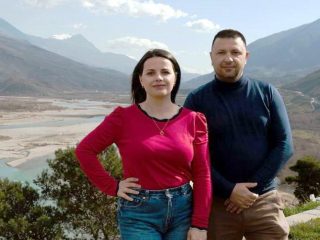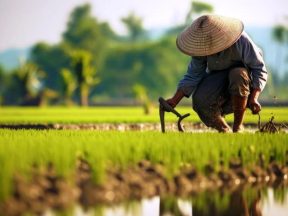Peru. The Ashaninka Ancestral Wisdom. Their Sensory Awareness.
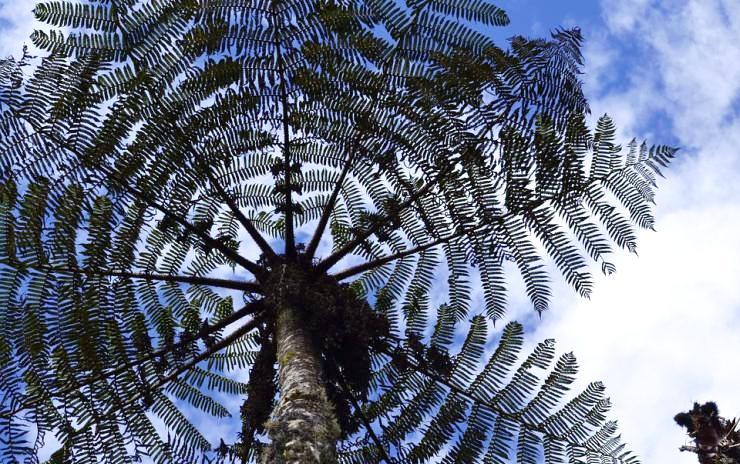
An indigenous ethnic group, the Ashaninka live in the central forest of the Ucayali department in the Atalaya province of eastern Peru.
The children learn not only from practice but also through
feeling and listening.
The Ashaninka children do not learn through theory but by daily practice from an early age: the boys still barely standing on their own legs already drag the machete and accompany their fathers to work, and the little girls watch their mothers weaving or cooking and try to imitate them. The Ashaninka parents seldom explain how to do something to their children, who learn from practice. It is normal, among this ethnic group, that 3–4-year-old boys accompany their fathers to work and learn by watching and by practicing. The girls learn by playing how to make a fire or how to cook cassava in cans of tuna or milk, which are the staple foods among this community.
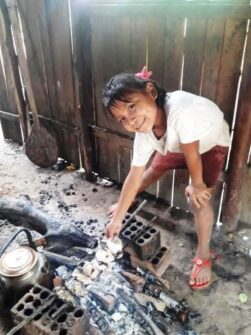
The little girls watch their mothers weaving or cooking and try to imitate them. (Photo Swm)
Between the ages of 12 and 13, the Ashaninka boys have already demonstrated their knowledge of those tasks that are mainly performed by the men of the community such as: building, even if just a tiny house, or preparing a small piece of land for growing crops. Young teens have also to show that they are able to hunt and fish, basically they have to demonstrate that they are able to live on their own and can rely on their own skills. In the same way as the boys, the Ashaninka girls have to learn how to do chores. Being able to cook cassava, whether boiled or roasted, shows that a girl masters the necessary knowledge for a woman. Therefore, the Ashaninka children, boys and girls, learn by practicing, they do not need to learn through all those theories which are typical of modern education. The Ashaninka learn also through feeling and listening; for example, when they are hunting, they are able to feel the presence of an animal and to understand how far it is. It is not just a question of hearing, or smelling, or seeing but they can ’feel’ through all their senses interacting together.
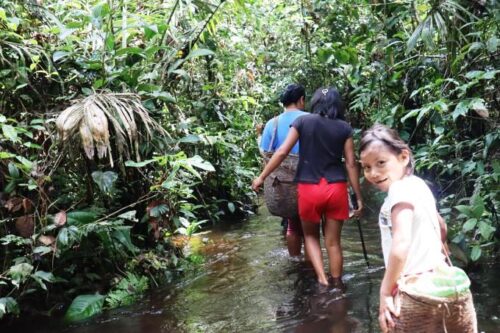
The Ashaninka learn also through feeling and listening; for example, when they are hunting, they are able to feel the presence of an animal and understand how far it is. (Photo Swm)
And when the right moment to attack the animal has arrived, they do not have to think or plan or reflect, they just feel it and act consequently. Therefore, any explanation is superfluous.
Indigenous knowledge is based on sensory awareness, on the experience of feeling, explanations are secondary.
Besides, reflecting on what is necessary, or planning how to act, would break the interrelation between these people and their environment, it would interfere with their skill to feel the nature surrounding them. The Ashaninka learn and act spontaneously and intuitively. They get acquainted with their environment through experience.
Learning, among the Ashaninka, is also connected with their spirituality. According to their worldview, the world has been created by a superior being, Tajorentsi, who lives in harmony with other spiritual beings. The ‘shiripiare’ (healer) is the one who is in charge of transmitting the Ashaninka spiritual knowledge through rituals. Knowledge is transmitted throughout this ethnic group with the purpose of generating, nourishing, and protecting life.
Jhonny Mancilla Pérez

